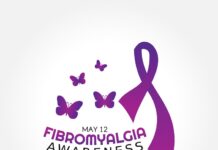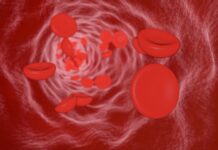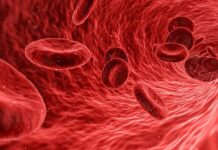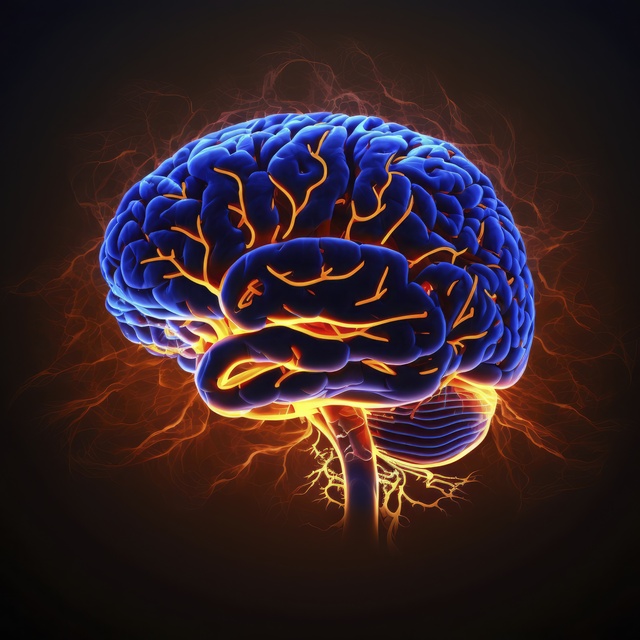A ground-breaking study led by researchers at Mass General Brigham has identified a common brain circuit responsible for creativity.
By analyzing data from 857 participants across 36 fMRI studies, scientists found that different brain regions activated during creative tasks are all part of one interconnected network.
The findings, published in JAMA Network Open, suggest that brain injuries or neurodegenerative diseases affecting this circuit can enhance creativity.
Investigating the Link Between Creativity and Brain Injuries
The research team aimed to answer two key questions: Which brain regions are crucial for human creativity, and how do brain injuries influence creative abilities? According to co-senior author
Dr. Isaiah Kletenik, a neurologist at the Center for Brain Circuit Therapeutics at Brigham and Women’s Hospital, these questions guided their extensive analysis of brain activity and injuries.
Julian Kutsche, the study’s first author, conducted this research in collaboration with experts from institutions including Boston Children’s Hospital, University College London, University of Georgia, Max Planck Institute for Human Cognitive and Brain Sciences, and Charité Berlin.
Creativity Maps to Brain Circuits, Not Specific Regions
Dr. Michael D. Fox, co-senior author and director of the Center for Brain Circuit Therapeutics, emphasized that creativity does not originate from a single brain region. Instead, it emerges from a broader brain circuit. The researchers used coordinate and lesion network mapping techniques to establish this connection.
First, they examined fMRI data to pinpoint brain regions activated by creative activities such as drawing, writing, and music composition. Next, they analyzed data from patients whose creativity changed due to brain injuries or neurodegenerative diseases.
Right Frontal Pole Plays a Key Role in Creativity
One of the most intriguing findings, according to Kutsche, was that all brain regions associated with creative tasks were negatively connected to the right frontal pole. This brain area plays a critical role in monitoring and rule-based behaviors.
Dr. Kletenik explained that reduced activity in the right frontal pole supports the theory that creativity flourishes when certain cognitive functions are inhibited. In other words, turning off one’s “inner critic” may allow for more free-flowing ideas and novel thinking. This insight helps explain why some neurodegenerative diseases reduce creativity, while others paradoxically enhance it.
Potential Applications for Brain Stimulation
The findings could pave the way for new approaches to enhancing creativity, including brain stimulation techniques. Dr. Kletenik noted that while this study does not capture the entire neural network involved in creativity, it provides crucial insights into how different brain regions interact to support creative thought.
Understanding Neurodiversity and Creativity
This research also contributes to the growing understanding of neurodiversity. Dr. Kletenik emphasized that brain changes traditionally seen as pathological might sometimes enhance certain functions, including creativity.
As reported by news-medical.net, by understanding these brain circuits, researchers can further explore how neurological conditions influence cognitive abilities and creative expression.
























